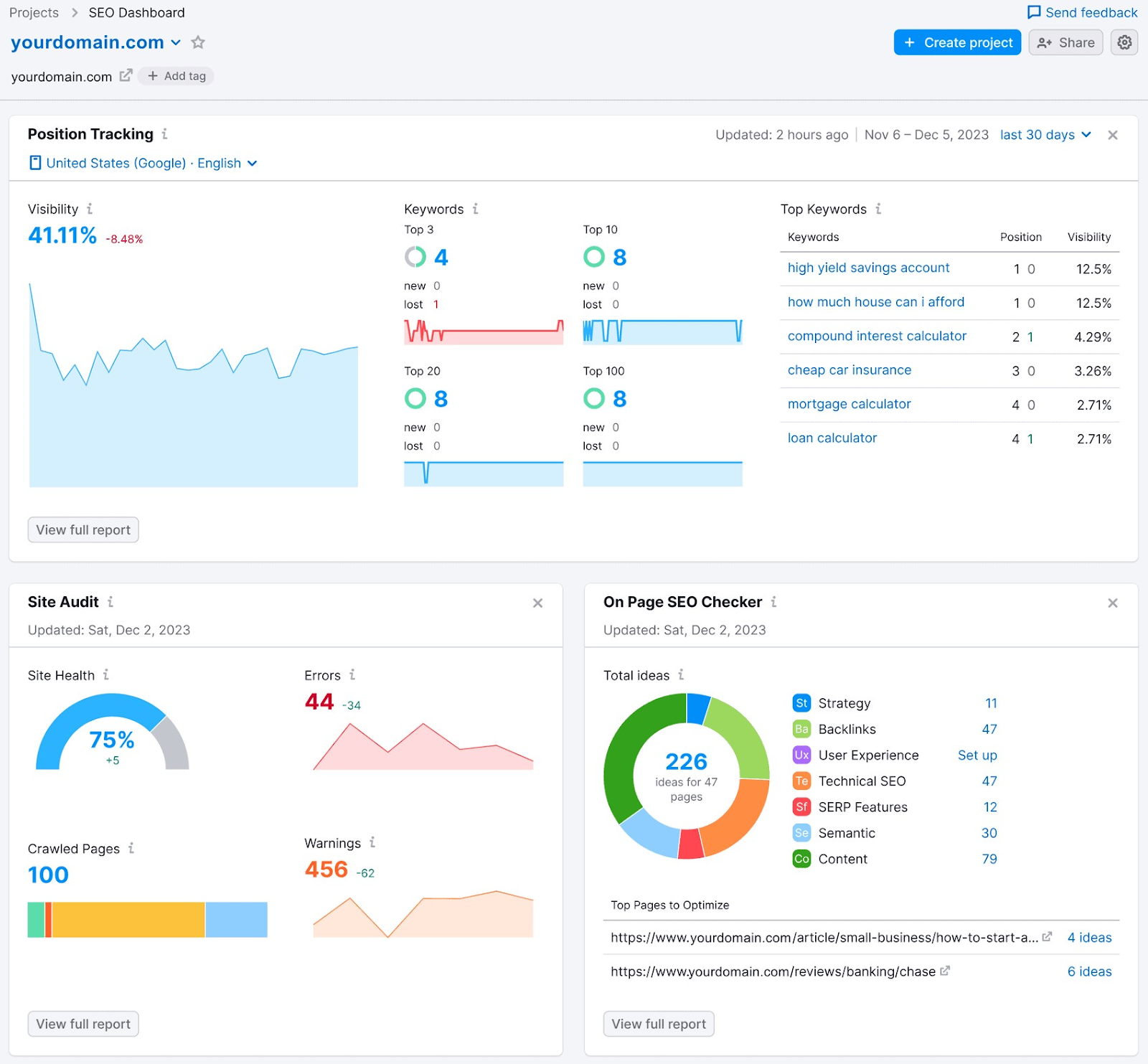Enhance Your SEO Method With Effective Google Analytics Monitoring Code
Integrating Google Analytics tracking code into your SEO strategy is a pivotal step towards accomplishing quantifiable outcomes. Appropriate execution not just supplies a clear home window right into individual behavior and web traffic sources however also highlights vital performance indicators that can notify your content approach. By understanding metrics such as natural web traffic and conversion rates, you can determine areas for optimization. However, real potential depend on exactly how these understandings can be leveraged to refine your method. What specific methods can you take on to make the most of the influence of this data on your search engine optimization initiatives?

Understanding Google Analytics Fundamentals
To properly utilize Google Analytics for Search Engine Optimization, it is vital to realize its fundamental concepts. Google Analytics acts as an effective device for tracking and examining site web traffic, supplying insights that are important for optimizing online search engine performance. At its core, the system makes it possible for individuals to monitor individual habits, web traffic resources, and essential efficiency indicators (KPIs) such as bounce rates and session periods.
Knowledge with the user interface is crucial. The Audience section gives demographic insights, helping to tailor material to target customers properly.
Recognizing metrics such as natural traffic quantities and conversion prices is essential for reviewing search engine optimization effectiveness. Inevitably, understanding these basics enables digital marketing professionals to harness the full potential of Google Analytics, driving educated decisions that enhance total SEO strategies. By developing a solid structure, companies can effectively evaluate their efficiency and determine chances for improvement in their online visibility.
Establishing Up Tracking Code
Properly establishing the tracking code is vital for exact information collection in Google Analytics. The primary step includes producing a Google Analytics account and building, where you will certainly get a distinct tracking ID. This ID is necessary for connecting your website's information to your Google Analytics account.
Once you have your tracking ID, incorporate the tracking code bit into your internet site's HTML. This is generally placed in the header section of each page to guarantee it loads early in the web page providing procedure. If you're using a Web content Administration System (CMS) like WordPress, numerous plugins streamline this process, enabling you to include the tracking code without direct HTML editing and enhancing.
After executing the tracking code, it is crucial to test its functionality. If the tracking code is properly mounted and operating, you can make use of the Google Tag Aide device to confirm. In addition, monitor the real-time reporting feature in Google Analytics to validate that data is being gathered correctly.
Making certain that the monitoring code is correctly established up lays the foundation for reliable data analysis, enabling you to make educated decisions to improve your search engine optimization method and total website performance.
Trick Metrics to Display
Recognizing vital metrics to check is vital for comprehending the performance of your SEO technique with Google Analytics. By concentrating on certain data factors, you can determine the effect of your optimization efforts and make educated choices to enhance performance.
Among the primary metrics to track is natural traffic, which shows the variety of visitors getting to your website via internet search engine. This metric reflects the general health and wellness of your search engine optimization approach. Next off, keep an eye on the bounce rate, which shows the portion of visitors that leave your site after checking out just one web page. A high bounce price might indicate that your web content is not satisfying customer expectations or that your landing pages need improvement.
Furthermore, consider tracking conversion prices, as these metrics disclose how well your website fulfills its company goals, such as producing leads or sales. Search phrase positions are also critical; monitoring changes in keyword settings helps assess the performance of your targeted SEO initiatives. Finally, evaluate the average session duration, which suggests customer engagement and web content importance. By closely complying with these crucial metrics, you can get beneficial understandings right into your search engine optimization strategy's performance and determine areas for enhancement.
Studying User Habits
Understanding individual actions is essential for improving your Search engine optimization method and making the most of site efficiency. Google Analytics offers a wealth of data on user engagement metrics, such as bounce prices, time on site, and web page views per session.
Furthermore, tracking individual flow can reveal common navigation paths, highlighting possible bottlenecks or locations for improvement. Understanding the demographics, interests, and geographic locations of your visitors enables more customized material that talks to their needs. Utilizing division attributes in Google Analytics better improves your capability to evaluate customer behavior by enabling you to compare various audience teams.
Moreover, keeping an eye on conversion prices and individual activities can give insights into the performance of your telephone calls to action and overall website design. This holistic sight of individual behavior is vital for making notified choices that enhance Visit Website individual experience and drive higher their website engagement, eventually adding to enhanced SEO performance.
Leveraging Insights for Search Engine Optimization
Regularly leveraging insights gotten from user habits analysis can substantially boost your search engine optimization initiatives. By utilizing Google Analytics, you can determine crucial metrics such as bounce prices, session period, and customer circulation, which expose just how visitors communicate with your web content. These insights allow you to determine areas requiring improvement, such as high leave pages or underperforming key words.

Furthermore, tracking organic traffic resources provides clearness on which networks are most reliable, permitting you to allot resources tactically (when does the google analytics tracking code send an event hit to analytics?). By examining conversion rates together with web traffic information, you can identify which web pages drive actual service results, fine-tuning your SEO method additionally
Integrating these insights right into your content technique not just enhances presence but likewise fosters an extra user-centric approach. Inevitably, a data-driven search engine optimization method informed by analytics not just improves positions but additionally straightens your goals with customer assumptions, leading to sustained growth and interaction.
Final Thought
Effective implementation of Google Analytics tracking code significantly improves a SEO strategy by giving critical understandings right into user habits and web traffic resources. Ultimately, see here leveraging these understandings contributes to refining Search engine optimization initiatives, driving more appropriate traffic, and improving total internet site performance.
Integrating Google Analytics tracking code into your Search engine optimization strategy is a pivotal step towards achieving quantifiable results. At its core, the system enables users to keep track of user habits, web traffic resources, and crucial performance indicators (KPIs) such as bounce rates and session durations.
Comprehending user behavior is essential for fine-tuning your SEO method and taking full advantage of site efficiency.Consistently leveraging insights gained from individual actions evaluation can dramatically improve your SEO initiatives.Effective execution of Google Analytics tracking code considerably boosts a SEO method by giving vital understandings right into user habits and traffic resources.